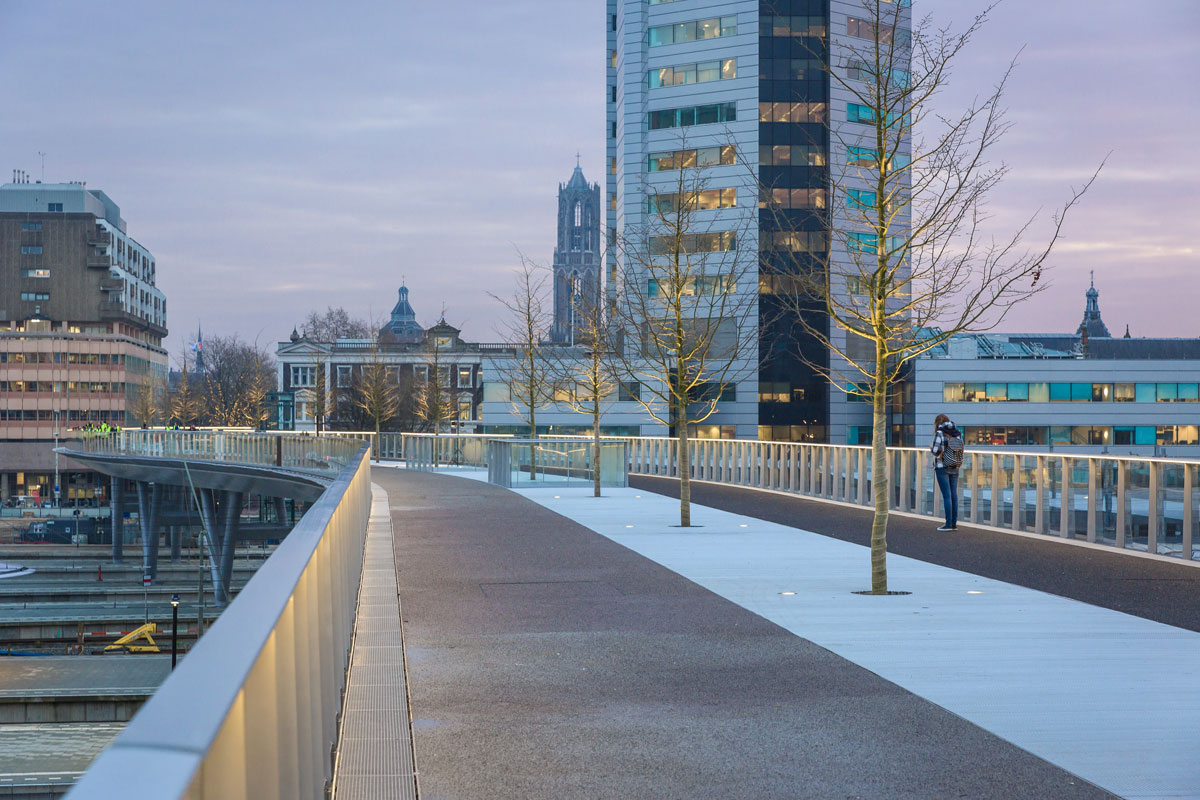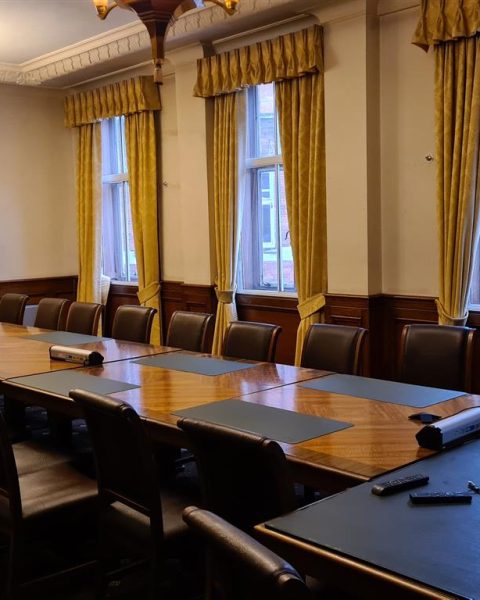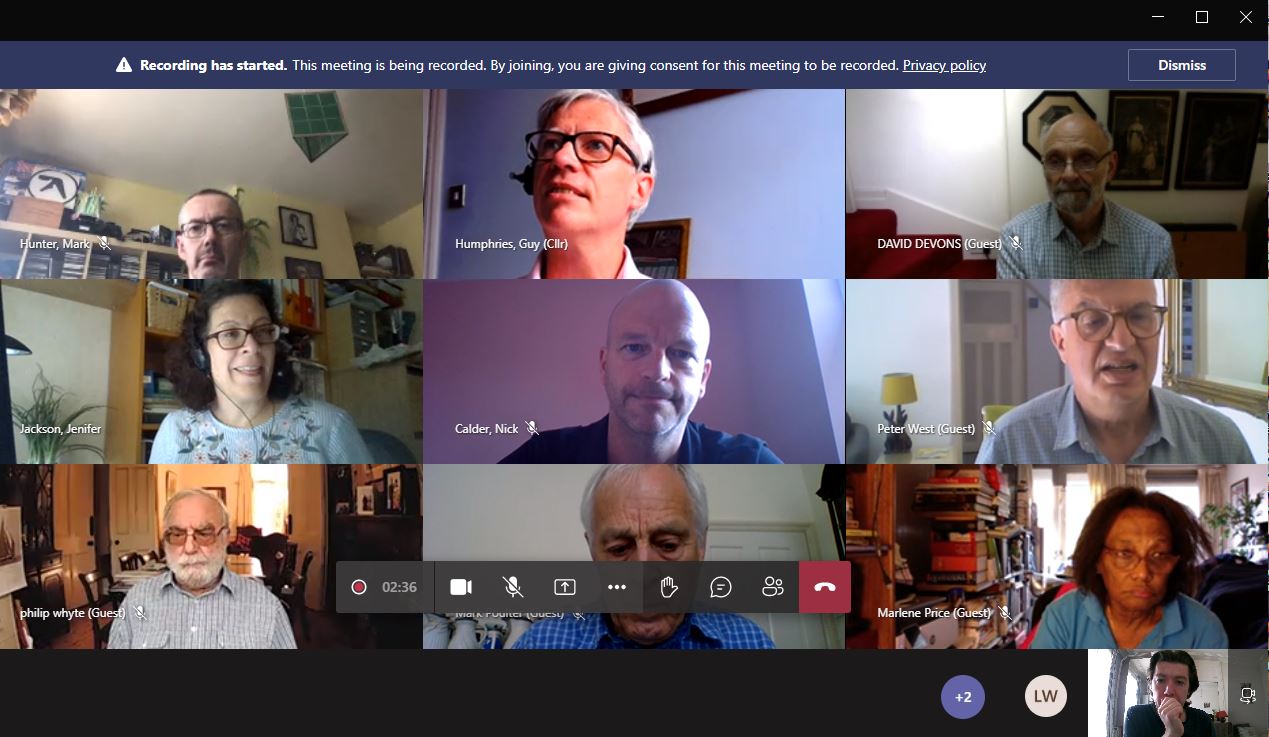The Planning forum met last Thursday to discuss the revision of the Local Plan, the Clapham Junction Masterplan project, new guidelines set by the council to improve engagement, and planning portal information.
Once every six months, representatives of community groups, forums, or societies from various areas of the Wandsworth Borough focused on urban planning meet at the Council to discuss planning issues with planning officers. The meeting is chaired by the Councillor who chairs the Planning Application Committee (PAC), currently Tony Belton.
The forum serves as a platform for officers to update attendees on planning matters specific to the Wandsworth borough without discussing individual cases (as they often remind the audience!). It is also (and this was implemented in January 2018 under Conservative Councillor Will Sweet after a strong request in July 2017) a forum for discussion allowing a large space for representatives of the community to bring forward specific topics. In other words, there is a shared agenda, with – it may vary depending on the agenda – one hour dedicated to officer updates and one hour for topics from the organisations.
Attendees were informed that Jenifer Jackson, the former Assistant Director, Environment and Community Services (Planning & Transport Strategy), was not going to be replaced, mainly in order to encourage cooperation and contribution between existing teams (housing department, regeneration…) and develop a cohesive vision for “places. Councillor Belton commented that the Council is also currently reviewing its structure (committees, departments, who is in charge of what…etc) and changes have to be expected in the near future.
The revision of the Local Plan, with a focus on the affordable accommodation requirement for new applications, is progressing, said Adam Hutching, the Principal Planner for Policy.
Currently, they have received about 250 representations, the vast majority being objections from small site developers and related to viability assessment, which was expected, he also said. The Council is considering at a reviewing mechanism to see how the policy work. A viability officer should be tasked with working with applicants to assess submissions. Councillor Belton commented that some applications have been granted while being labelled unviable by the applicants. It must be noticed that in some cases, it simply means that the level of profit (often 15% or above) might not be reached under certain constraints but the developer is willing to proceed.
The start of the Clapham Junction Masterplan project was also discussed. Adam Hutching outlined an 18-month process with two phases: an interchange link for the station and potential development around the station.
- Read our article: Clapham Junction Masterplan: initial presentation focusing on vague options for overpass bridges
Various scenarios are being explored, including overpass bridges, tunnels, and expansions, with cost and impact studies underway. Ultretch station redevelopment, Reading and even London Bridge are also project that must be considered (even if it is likely to be unfeasible).

The project also aims to improve the Falcon Road passage under the bridge.
- Read our article: What can we do about Falcon Road’s horrible railway bridge?
Attendees expressed a desire for more information following an exhibition organised on Friday and noted an absence of details beyond the project team’s involvement, at the exception of knowing that work started and knowing some of the project team.
The Battersea Society emphasized the need for genuine engagement with the community which has an understanding of the area, while too often the consultations consists in a simple presentation of already developed options. Adam Hutching explained that with Network Rail recently proposing improvements to the station connections, the Council quickly embraced the opportunity, necessitating swift action and working under significant time constraints initially.
The Forum also discussed the recent topic presented before the Transport Committee called “Raising the bar”. The Council considers that the current engagement by developers isn’t consistent or good enough, so they’re introducing new guidelines to make it better. They wants residents to be more involved in deciding what gets built in their neighbourhoods. Therefore, they want developers to engage with the community early on and not just go through the motions. They have developed new rules and guidance to make sure that applicant’s projects are high-quality and that residents have a say in how they look and function. This should bring the Council more in line with other parts of London. The Council will also improve its own processes to support these changes.
According to its own recommendations, the Council acknowledge that the new guidelines won’t have a big impact on deciding planning applications. However, they’ll be used to show developers what is expected. Eventually, they’ll become part of the Council’s official community engagement rules, which will have legal weight in planning decisions. The Council says it can pay for these changes without needing extra money.
National and regional policy changes were also addressed. The government intends to facilitate development in brownfields land, with a presumption in favour of development. Changes in the National Planning Policy Framework (a set of guidelines and principles issued by the government that provide a general framework for planning decisions) aim to provide more flexibility while reducing bureaucratic burdens.
Community groups asked the Council to clarify what was expected for an Environmental Impact Assessment (EIA), as everyone was thinking about the shamble created by the 38-storeys tower proposal in Battersea Bridge. The entry attracted more than 300 objections on the planning portal.
- Read our article: 38-storeys tower proposal in Battersea Bridge: Are people told they are wasting their time in consultation?
Officers explained that an EIA is only a scoping opinion, not a formal planning application. However, aware of the confusion for many respondents, Nick Calder, the Head of Development Management, added a note in uppercase in the description of the application: “THIS IS NOT A PLANNING APPLICATION”. Community groups urged for clearer communication as it looks like one, even having an Application Number. Adding weight to the concern, the chair said that officers must acknowledge the need for clarity in the future regarding the purpose of a scoping opinion registered on the planning portal. Although Mr. Calder stated that he “cannot manipulate the software,” community groups responded by suggesting that it might be time for some improvements.
Disclaimer: Cyril Richert was representing the Clapham Junction Action Group at the Council’s meeting
















